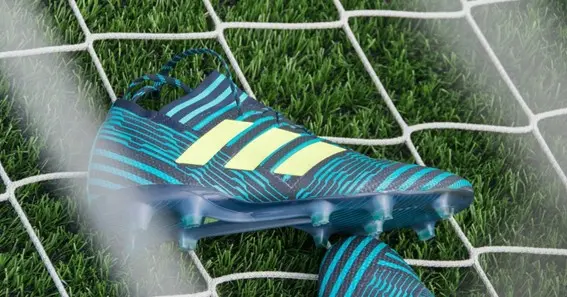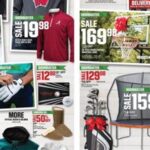When it comes to footwear choices for the modern soccer player, few topics cause more debate than FG soccer cleats on turf. The abbreviation “FG” stands for “Firm Ground” cleats, typically designed for natural grass fields. But as turf fields become increasingly common, players frequently wonder: Are FG cleats safe and effective to use on turf? This blog post delves into the pros, cons, and key considerations for wearing FG cleats on artificial surfaces.
Understanding FG Cleats vs. Turf Surfaces
-
Stud Configuration:
- FG cleats usually feature conical or bladed studs, spaced out to offer traction on natural grass.
- Turf surfaces often have shorter, more uniform fibers that require a different type of grip.
-
Material Construction:
- Firm ground cleats typically use lightweight materials, prioritizing ball control and speed on grass.
- Turf-specific cleats feature multiple small studs or nubs to disperse pressure across the foot.
-
Durability Concerns:
- The friction and heat generated by artificial turf can wear down FG cleats faster than natural grass.
- Turf material can sometimes “melt” or damage the soleplate on certain FG models if the field is hot.
Pros of Using FG Cleats on Turf
-
Enhanced Touch:
Some players prefer the feel of a firm ground stud pattern because it mimics natural grass traction, potentially improving ball touch and lateral movements. -
Accessibility:
If you already own FG cleats, wearing them on turf might save you from buying a separate pair for occasional turf use. -
Adequate Grip on Certain Fields:
Newer, high-quality turf fields with deeper infill can sometimes accommodate FG stud lengths without excessive slippage.
Cons of Using FG Cleats on Turf
-
Increased Injury Risk:
- Longer studs can “stick” in the turf and place undue stress on knees, ankles, and joints, increasing the risk of injury.
- Sudden changes in direction might cause ankle rolls or hyperextension if the cleat grips too aggressively.
-
Reduced Lifespan of the Cleats:
- Artificial turf can be abrasive and may prematurely wear down the studs and soleplate.
- Heat from synthetic fields can degrade cleat materials over time.
-
Potential Void of Manufacturer Warranty:
- Many footwear brands specify surfaces for which a cleat is intended. Using FG cleats on turf may invalidate any product warranty.
Best Practices and Recommendations
- Check Field Conditions:
If the turf is older, stiffer, or has shallow infill, FG cleats may be uncomfortable and unsafe. - Opt for Hybrid or AG Soles:
Some brands now offer mixed or hybrid soleplates suitable for both firm ground and artificial grass (AG). - Consider Your Play Style:
If you’re a player who relies heavily on quick pivots, an AG or TF (turf) model is often safer. - Monitor Wear and Tear:
Regularly inspect your FG cleats for signs of damage when using them on turf. Replace when studs become overly worn. - Listen to Your Body:
If you notice increased discomfort or joint pain, it may be time to invest in a pair specifically designed for turf.
5 Frequently Asked Questions (FAQs)
-
Q: Can wearing FG cleats on turf lead to more injuries?
A: Yes, the risk can be higher. The longer studs on FG cleats may dig into the turf, increasing stress on ankles and knees. -
Q: Are FG cleats legal in all turf leagues?
A: In most recreational leagues, they are allowed, but some competitive leagues and venues have rules that require turf or AG-specific shoes. Always check league guidelines. -
Q: Will FG cleats wear out faster on turf?
A: Typically, yes. The abrasive nature of synthetic turf can degrade the studs and soleplate more quickly than natural grass. -
Q: Do professional players use FG cleats on artificial pitches?
A: Some professionals do, particularly if they’re comfortable with the fit and they’re playing on high-quality artificial turf. However, many pros opt for AG or turf-specialized models to reduce injury risks. -
Q: Is there a difference between AG (Artificial Grass) and FG cleats?
A: Yes. AG cleats usually have more, shorter studs specifically designed to distribute pressure evenly on synthetic surfaces and reduce the chance of stud-lock injuries.










